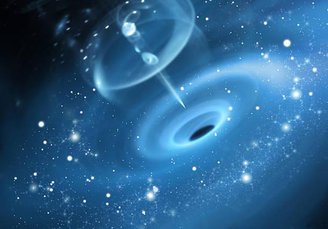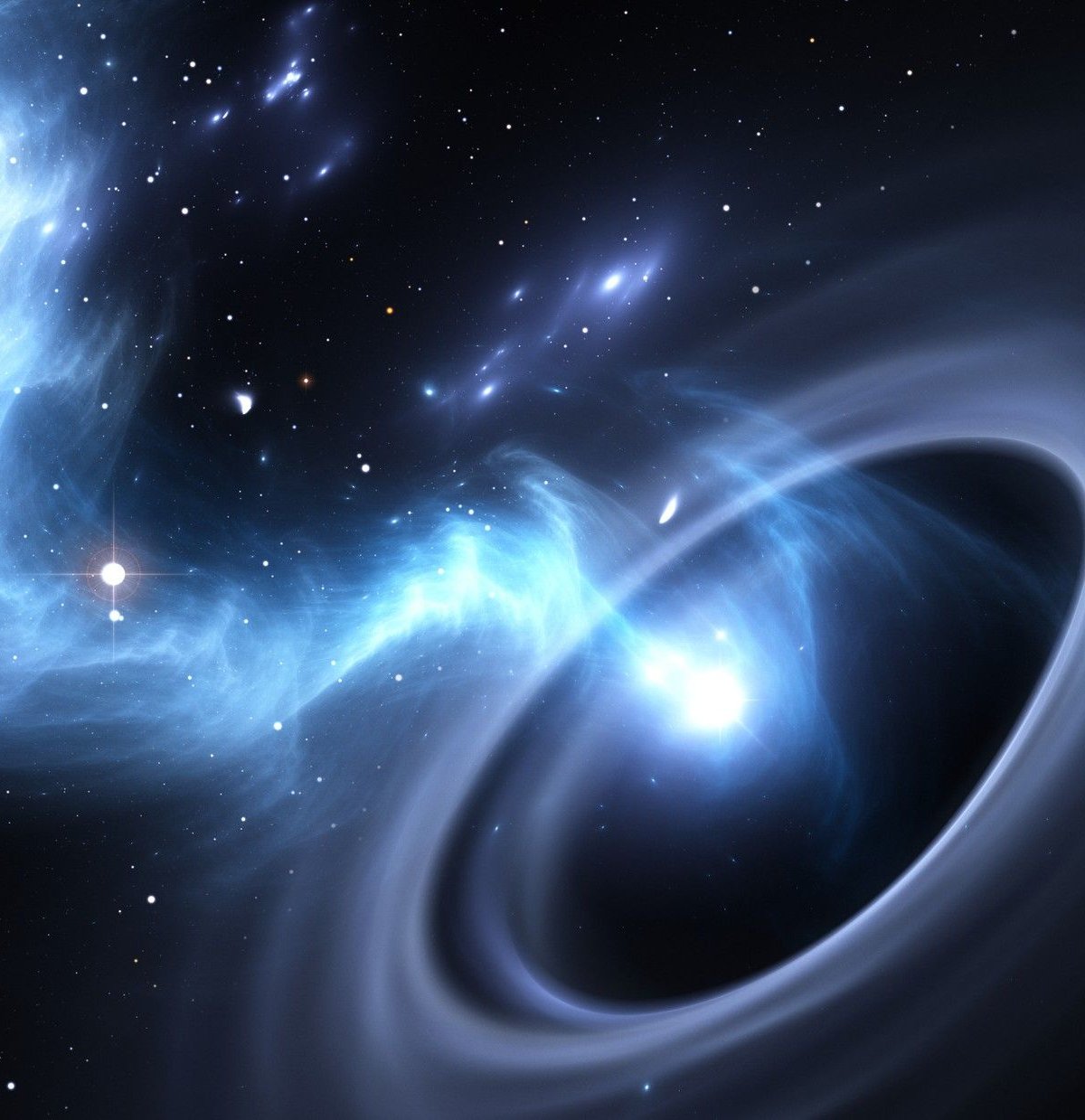National Aeronautics and Space Administration (NASA) in 2023 revealed black hole detection It was performed in the Swift binary star system J1727.8-1613 using the Imaging X-ray Polarimetry Explorer (IXPE) space probe.
According to the space agency, this is the first stellar-mass black hole with such properties observed by IXPE. The IXPE team published some studies on the subject in the scientific journals The Astrophysical Journal and Astronomy & Astrophysics.
From the observations, researchers were able to better understand the disk of cosmic material orbiting the black hole, in addition to the plasma region known as the corona. These structures are important to the dynamics of a black hole, and the study could provide a deeper understanding of the subject.
Research shows that the area remains there for some time. Brighter than the Crab NebulaA cosmic structure used as a reference to measure the pattern of X-ray emission.
These emissions were caused by the explosion of one of the stars; This is not uncommon in binary systems, although they rarely present such intense brightness.
“This burst developed incredibly quickly. From the moment we first detected the burst, it took Swift J1727 only a few days to reach its peak. At that time, IXPE and several other telescopes and instruments were already collecting data,” said research astrophysicist Alexandra Veledina from the University of Turku in Finland. “It was exciting to watch the explosion go dormant,” he said.
Black hole in binary star system

The Swift J1727.8-1613 binary system and black hole are located approximately 8,800 light-years from Earth, relatively close to the brightness of the explosion.
So what exactly happened? When binary systems contain stars at different stages of their life cycles, the older star goes through a process in which the fuel in its core is depleted, causing it to explode as a supernova.
In conclusion, A black hole, a white dwarf or a neutron star may emerge. The newly discovered black hole was formed in the case of Swift J1727. The study notes that the brightness remains intense until the end of 2023.
The high X-ray emission was due to material the black hole had ejected from the other star. This material also created an accretion disk and a corona, a region of extremely hot plasma; This process plays a very important role in the propagation of X-rays..
“We cannot see black holes because light itself cannot escape their gravity. We can only observe what is happening around them and draw conclusions about the mechanisms and processes occurring there. IXPE is very important for this study,” adds Veledina.
Did you like the content? So, stay updated with more astronomy-related topics on TecMundo and take the opportunity to discover how many stellar black holes there are in the Milky Way. Until later!
Source: Tec Mundo
I’m Blaine Morgan, an experienced journalist and writer with over 8 years of experience in the tech industry. My expertise lies in writing about technology news and trends, covering everything from cutting-edge gadgets to emerging software developments. I’ve written for several leading publications including Gadget Onus where I am an author.












